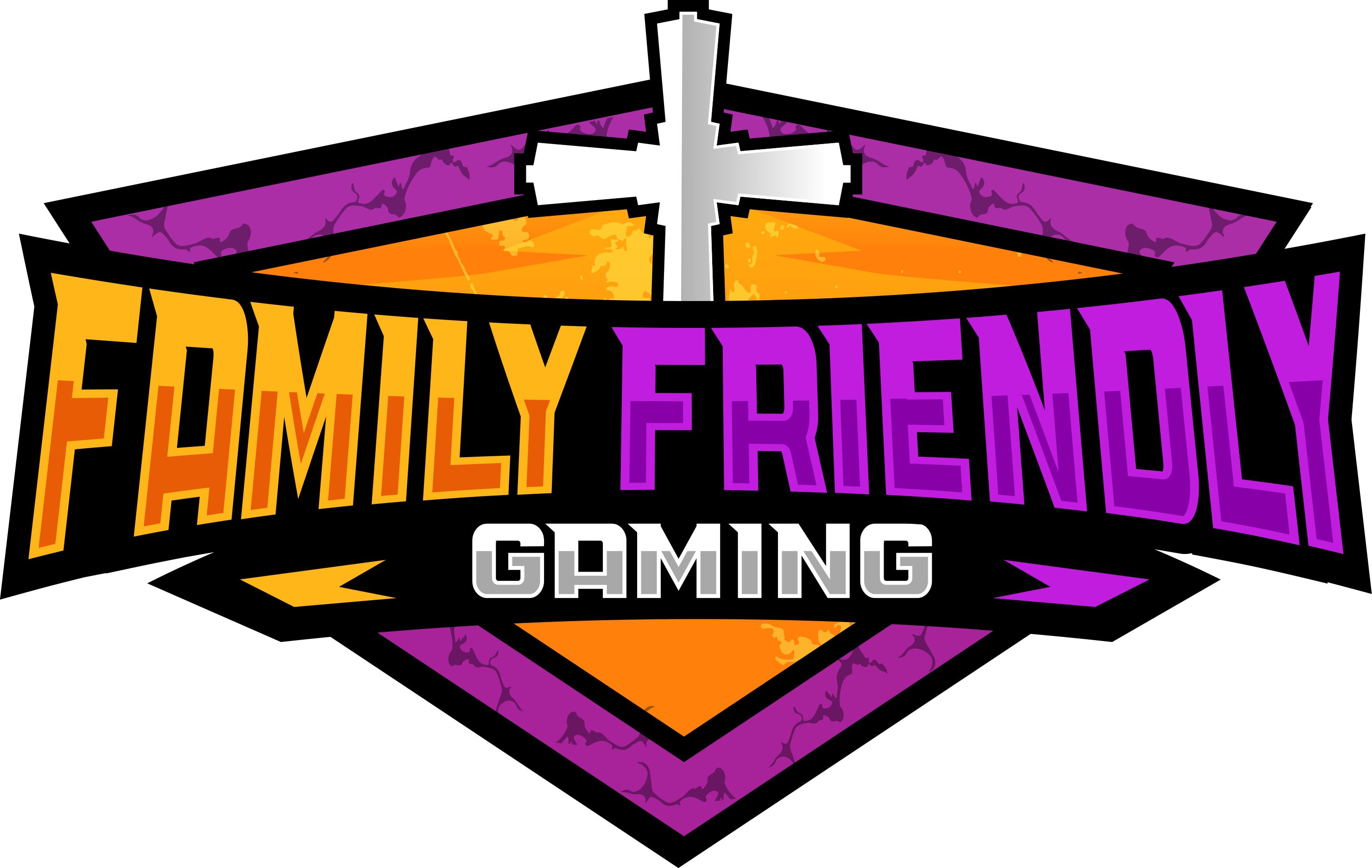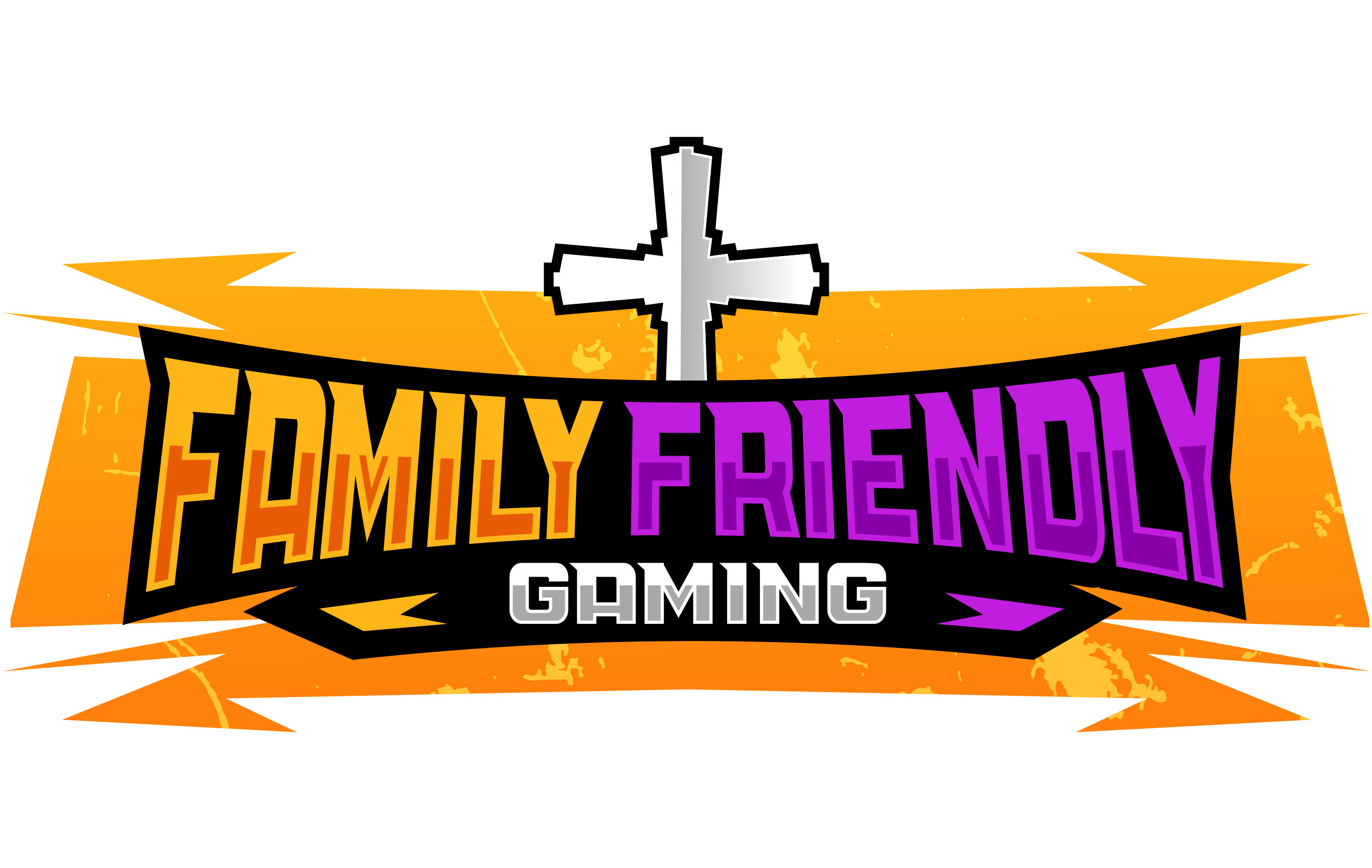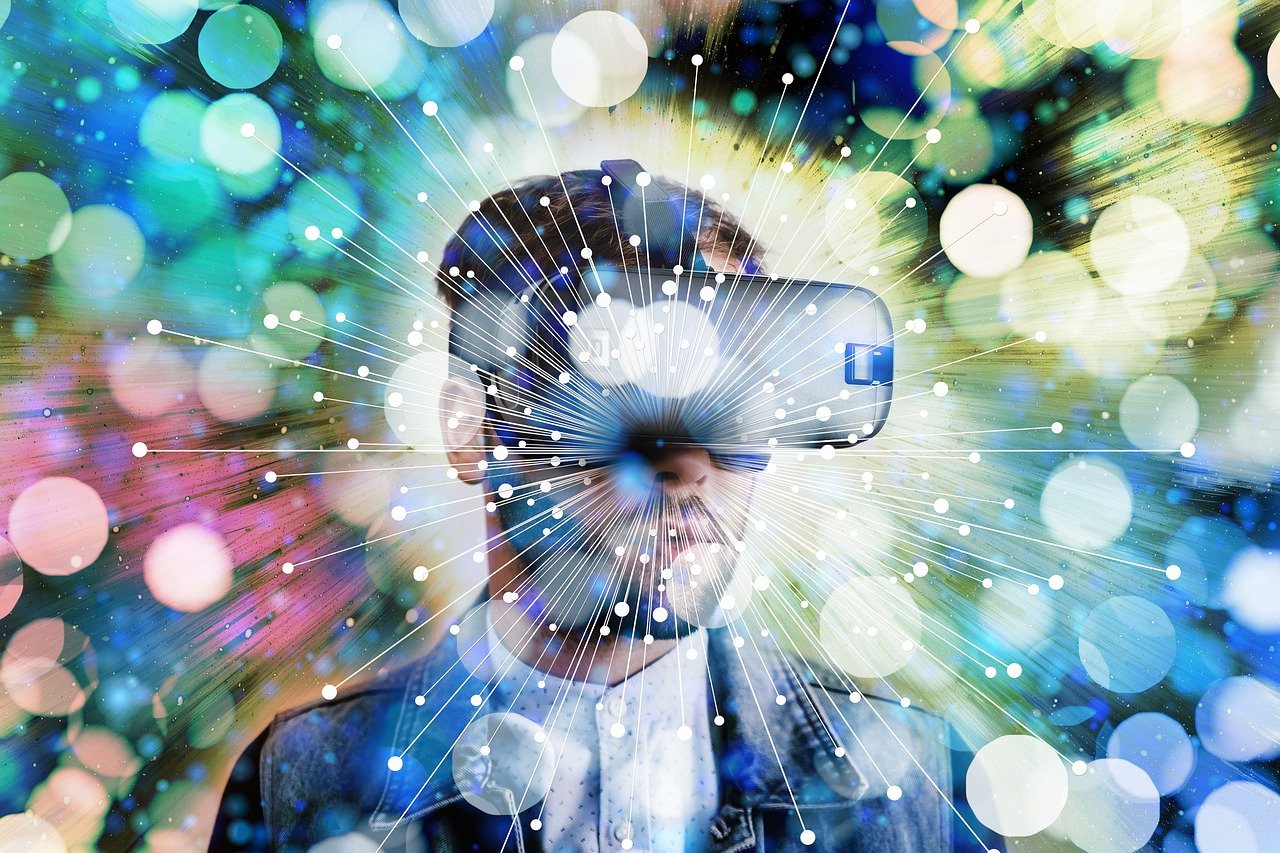Why We Celebrate Virtual Wins Like Real Victories
Family Friendly Gaming News
Victory in a virtual game does not bring money. But the reaction is as if the player hit the jackpot in a real casino. Someone jumps out of their chair, someone immediately shares the news with friends, and someone takes a screenshot and watches it several times in a row. All this is not a coincidence, but a well-thought-out system. And celebrating virtual wins is becoming the norm, because the brain reacts to virtual events almost the same way as to real ones.
This is especially noticeable in projects like sweepstakes casino, where emotions are part of the product. The player comes for feelings, not for real money. And the developers know how to ignite these feelings.
The mechanics of the "achievement loop": how the game catches us
Victory is not just a coincidence of symbols. It is part of a chain that the player goes through step by step. This is how the so-called milestone loop works – a system where each action brings you closer to a visible goal. This goal can be a bonus, a medal, a new animation or unlocking levels. All of this reminds you that you are on the right track.
What makes this loop especially effective:
-
Each small goal is set in such a way as to seem achievable and motivating – the game seems to say: "You are almost there", even if there are still ten levels to go.
-
Progress is always visual: filling bars, scales, hints – everything helps the player feel that he is moving forward and that his actions are not in vain.
-
For each step, an immediate reward is given – even if it does not bring any benefit, it gives a dopamine surge, forming a habit to continue.
The player does not just play. He builds a route to victory, and each stop along the way is a reason to feel better.
Social loop: victory is what others see
If no one has seen the achievement, it is felt weaker. This is how the social feedback loop works. It is important for the player that his success is noticed. That's why games are built so that others can see victories, react, and comment. Even if these "others" are just chat bots, the emotions are still real.
Here's how the social loop works:
-
The game actively encourages sharing: "tell friends" buttons pop up, an animation is added that suggests publishing the victory, and inscriptions like "Your win can be seen by others" appear.
-
There is a chat or an event feed, where one player's victory pops up as news for everyone – this creates the effect of live presence and causes the reaction "I want that too".
-
Social rewards are added – likes, comments, in-game icons – which enhance the feeling of pride and the desire to repeat the success for the sake of the audience's reaction.
So a person gets not only dopamine from winning, but also approval from others. This enhances the feeling of significance and causes that very emotion, which is often brighter than with a real victory.
Why it really works
The brain does not always separate the "real" from the "game". This is particularly true when the emotions are of equal intensity. Flashing lights, music, and applause in the game – all of this acts as a trigger. A reaction appears: an accelerated heartbeat, joy, sometimes even pride. A person feels that he has achieved something. And it does not matter that in reality it was just three identical icons that fell out.
Such victories provide control and predictability. The player himself chooses when to click, where to click, what to collect. This creates a sense of influence on the result – and therefore, emotional involvement.
In projects like sweepstakes casino, this is especially noticeable. There, the whole point is built on emotions, visual presentation, and the illusion of progress. Everything in that environment is designed to make the player feel as happy as they would in a real game.


























